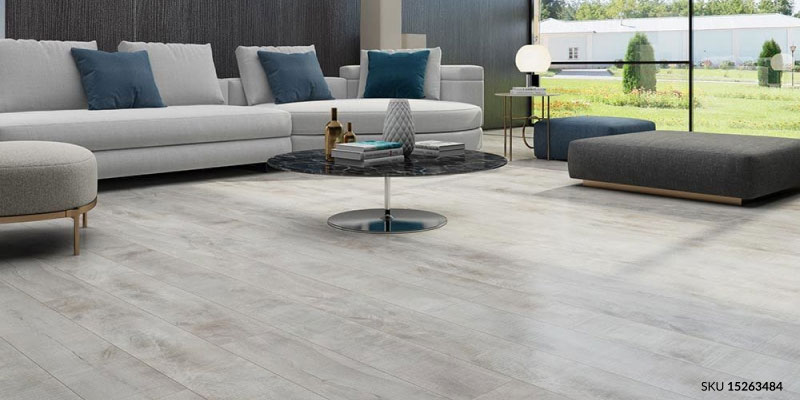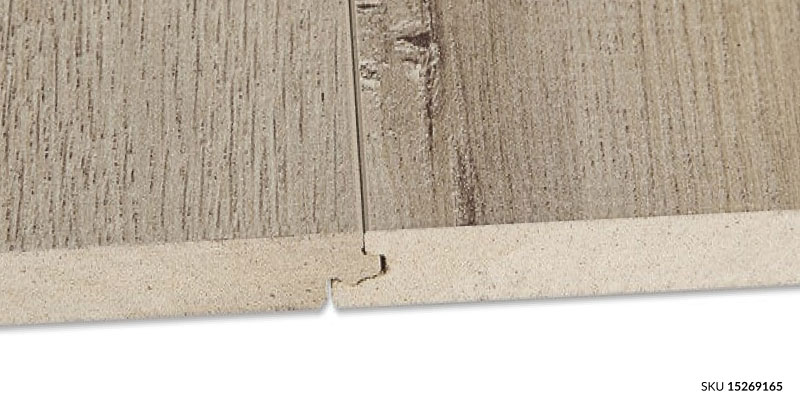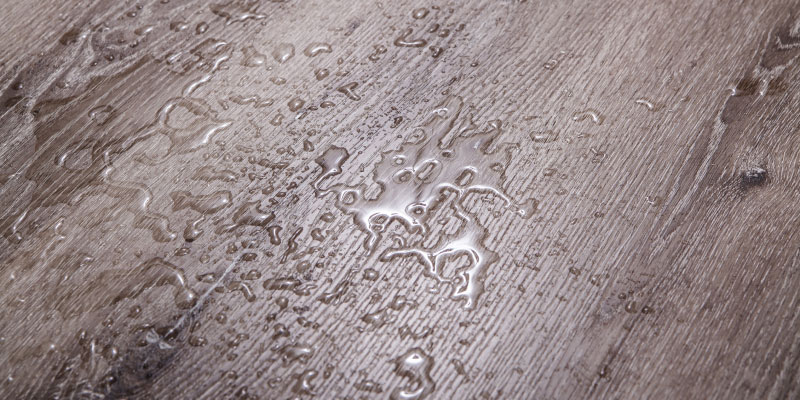Not Your Grandfather’s Laminate. How laminate flooring technology has improved over the years.
Laminate flooring has come a long way since its introduction, evolving from a budget-friendly alternative to hardwood into a versatile and stylish flooring option. Over the years, advancements in technology and manufacturing processes have transformed laminate flooring, elevating its durability, aesthetics, and overall performance. Some improvements in laminate technology include:
- Increased Water Resistance/Waterproofness:
Advancements in laminate flooring technology have significantly enhanced its water resistance, making it a viable choice for moisture-prone areas like kitchens and bathrooms. Waterproof cores, enhanced surface treatments, and improved locking systems have improved the durability and performance of laminate flooring. However, proper maintenance and prompt cleanup of spills remain crucial for maximizing its longevity. Continued innovation promises further improvements in laminate flooring, expanding the options available to homeowners seeking reliable and water-resistant flooring solutions.
2. Enhanced Durability:
One of the primary areas where laminate flooring has made significant strides is in its durability. Early versions of laminate were susceptible to scratches, fading, and moisture damage. However, advancements in wear layer technology have greatly improved the flooring’s ability to withstand daily wear and tear.
Modern laminate floors now feature a protective wear layer made of resin or aluminum oxide, which shields the surface from scratches, stains, and UV rays. This layer acts as a barrier, making laminate flooring highly resistant to fading, discoloration, and the impact of heavy foot traffic. Additionally, improved core materials, such as high-density fiberboard (HDF), enhance the flooring’s structural integrity and resistance to moisture, preventing warping or swelling.
3. Realistic Visual Appeal:

One of the early criticisms of laminate flooring was its artificial appearance. However, advancements in printing and imaging technology have revolutionized the visual appeal of laminate floors. Today, manufacturers employ high-definition printing techniques that capture the intricate details of natural materials, such as hardwood, stone, and tile.
Embossed and textured finishes further enhance the authenticity, providing a tactile experience that closely mimics the look and feel of genuine hardwood or natural stone. The wide range of design options, including various wood species, plank widths, and surface finishes, allow homeowners to find the perfect style to match their aesthetic preferences.
4. Installation Innovations:
Laminate flooring has long been appreciated for its ease of installation, thanks to the introduction of click-lock systems. These systems allow planks to be securely locked together without the need for glue or nails, making laminate floors an excellent choice for DIY enthusiasts. However, recent innovations have taken this convenience to a whole new level.
Today, many laminate flooring products feature enhanced click-lock systems, such as drop-lock or angle-angle mechanisms. These advancements provide even easier and faster installation, reducing the time and effort required for a seamless flooring upgrade. Furthermore, some manufacturers offer pre-attached underlayment, eliminating the need for a separate installation step and enhancing the floor’s acoustic properties.

5. Improved Eco-Friendliness:
In response to growing environmental concerns, the laminate flooring industry has made significant efforts to improve its eco-friendliness. Many manufacturers now use recycled materials in their production processes, reducing the overall impact on natural resources. Additionally, advancements in manufacturing techniques have minimized waste and emissions, making laminate flooring a greener choice for environmentally conscious consumers. Laminate flooring’s durability and longevity also contribute to sustainability. With proper maintenance, a high-quality laminate floor can last for decades, reducing the need for frequent replacements and the associated consumption of new materials.
Laminate flooring generally contains a smaller amount of plastic compared to other types of flooring, such as luxury vinyl plank. Laminate flooring primarily utilizes wood-based materials, with plastic components limited to the wear layer and some binders used in the core layer. This makes laminate flooring an eco-friendlier option compared to fully plastic-based flooring alternatives.



